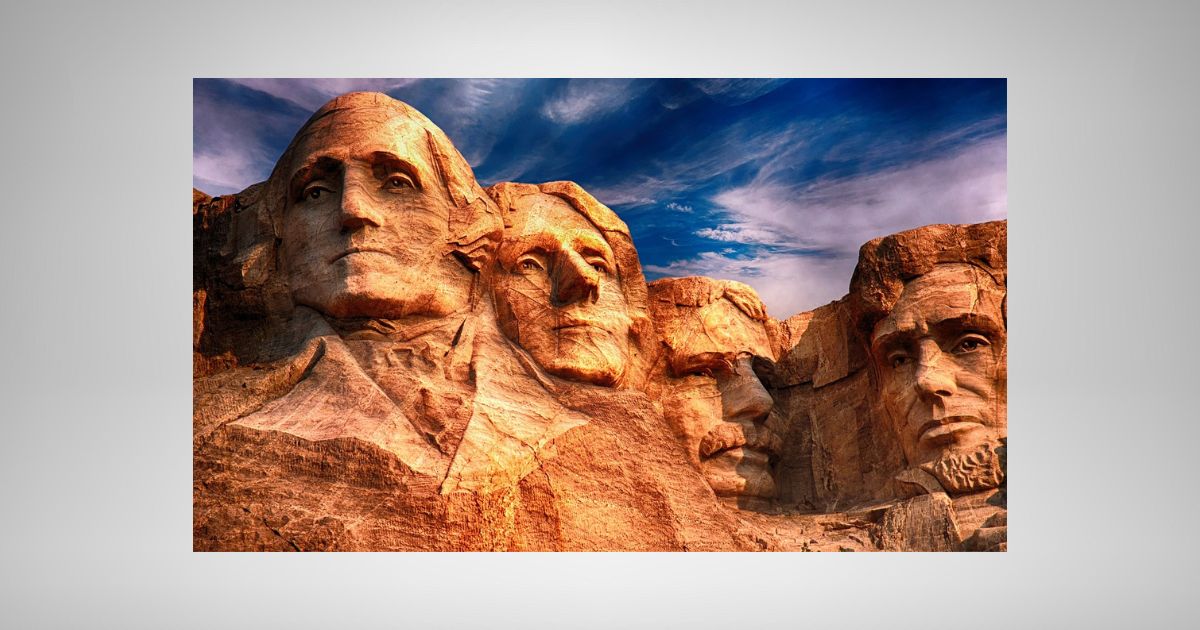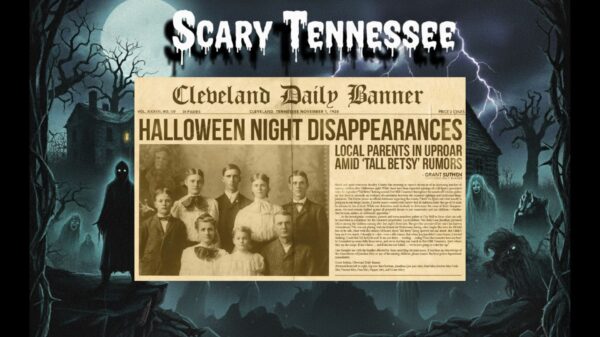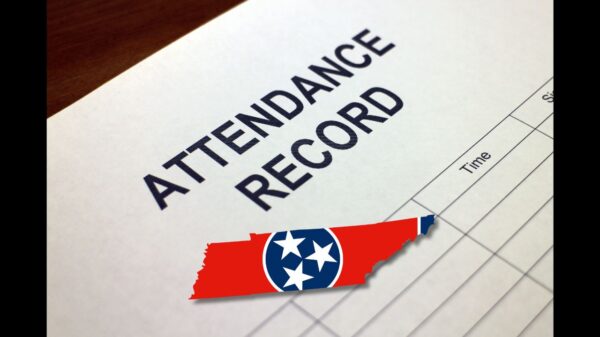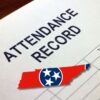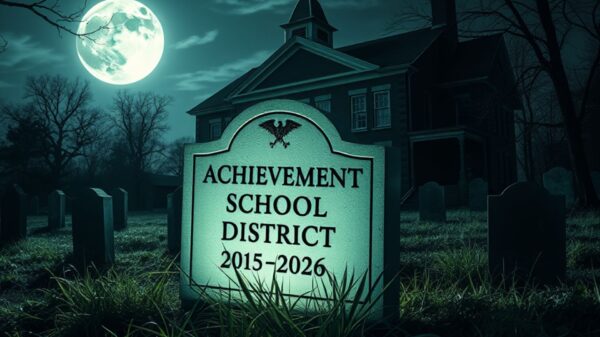Thomas Jefferson and John Adams will be forever linked by the significance of July 4. They were revolutionaries, the fathers of a new nation. Their bond ran deep, grounded in ideals of liberty, yet it was not without differences of opinion.
On July 4, 1776, Jefferson penned the Declaration of Independence, marking the colonies’ break from Britain. Adams stood alongside him, a fervent champion of freedom, defending the document with passionate resolve in Congress. That day became a lasting emblem of their shared battle for liberty.
In a striking twist of fate, both men passed away on July 4, 1826, precisely fifty years after the declaration they helped bring to life. Adams’ final words, “Thomas Jefferson survives,” resonated with the intertwining of their destinies, though Jefferson had already died hours before—a cruel irony.
Both were titans of the revolution. Adams, the Massachusetts lawyer, and Jefferson, the Virginia planter, collaborated in Congress, united by their commitment to independence and the vision of a republic.
Both Adams and Jefferson served as diplomats in Europe, advocating for the new nation, and their families grew close, with Abigail Adams and Jefferson’s daughter forming a heartfelt connection.
However, time and differing ideologies eventually drove them apart. In 1812, they reconciled, thanks to Benjamin Rush’s encouragement. They exchanged 158 letters over a fourteen-year period, rich in mutual respect and reflections on their shared history. The collection is preserved at the Massachusetts Historical Society in Boston, offering a glimpse into their correspondence and the stories behind their relationship.
Yet, they were not without their disagreements. By the 1790s, their paths began to diverge. Jefferson, a Democratic-Republican, championed agrarian ideals, states’ rights, and limited government. Adams, a Federalist, advocated for a strong central authority and the interests of commerce. Their conflicting visions ignited fierce political battles.
The 1796 election saw Adams narrowly defeat Jefferson, who became vice president. The 1800 election was bitterly contentious, with Jefferson emerging victorious amid personal attacks that strained their relationship, leading to years of silence.
Philosophically, they also drifted apart. Jefferson, the optimist, placed his faith in the ordinary person, while Adams adopted a more cautious stance, advocating for safeguards against mob rule.
Their contrasting temperaments, Jefferson’s reserved nature and Adams’ passionate forthrightness, added to their tensions. Adams often felt overshadowed by Jefferson’s celebrated role as the author of the Declaration, a source of resentment.
Their deaths on that fateful July 4th, fifty years after the signing of the Declaration of Independence, stood as a testament to their enduring bond, symbolizing their lasting contributions to American independence. This remarkable coincidence underscored the intertwined destinies of Jefferson and Adams, highlighting the significance of their partnership in the nation’s founding.
Their rekindled friendship, expressed through their extensive correspondence, demonstrated that respect could transcend divisions. The 4th of July remains a powerful reminder of their shared vision and the complexities of nation-building, embodying both unity and the challenges faced in forging a new identity for the fledgling country.
July 4th isn’t just a date on the calendar; it symbolizes the spirit of American unity and resilience. It’s a celebration of our collective strength and determination, bringing people together to honor the values that define us.
Studying the founders is essential for students to connect with their national heritage. This connection fosters pride and instills a strong sense of duty to uphold democratic values, particularly in challenging times.

